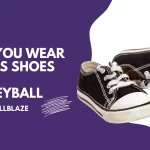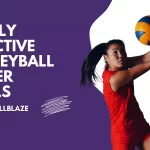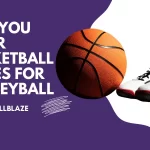For points to be scored, you must record kills unless your team has an expert server who consistently shoots aces over the net.
A kill is an integral volleyball statistic, which indicates that the offensive team has successfully launched an attack that results in a kill.
So, what is a kill in volleyball?
In simple terms, a kill is an offensive attack that the opponent cannot return, resulting in a point for the offensive team. It is important to study the game well as a coach or player.
It is therefore not sufficient to provide a simple definition.
Learn what makes a kill a kill by reading on and finding out what makes it so.
What is a Kill: A Closer Look
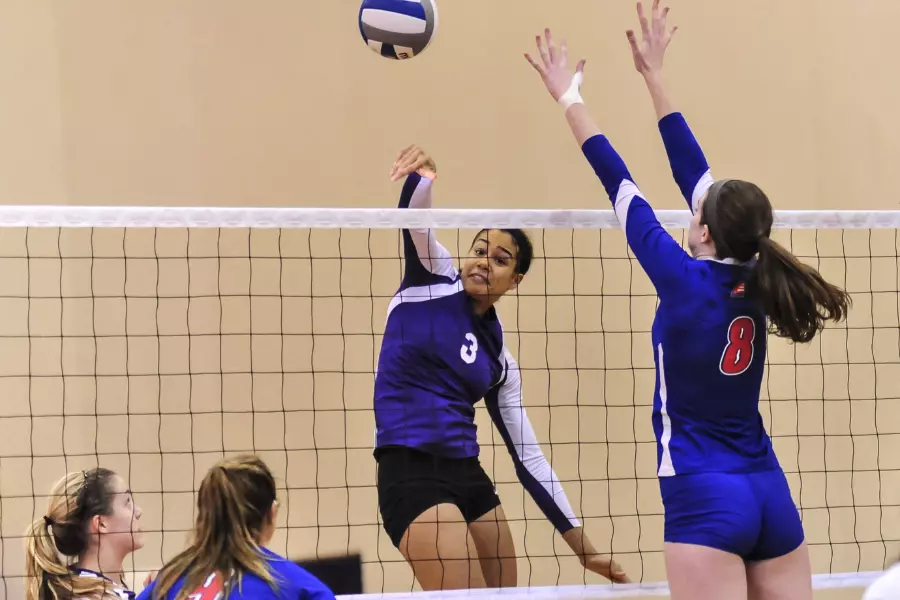
In formal definitions, the term attack is used to describe a kill.
In that case, we can better understand technically what a kill is if we define an attack.
The term “kill” is used whenever an opponent cannot return an attack as a direct result of not being able to return the ball.
A kill can also be described as a successful attack that earns the attacking team a point.
So, what is an attack?
The offense makes a concerted effort to score points by putting the ball over the net.
The offense commits an attack whenever it intentionally attempts to score a goal.
As a result, most plays in which the ball travels over the net are attacks.
An example of a typical attack is:
- Swinging and hitting overhead
- Whether a tip or a dink
Even if a ball passes over the net, it is still considered an attack. However, all official kills are the result of official attacks.
In Tracking the Kill, we will discuss that in more detail.
Kill Percentage
It is common for athletes of any sport to keep track of their favorite stats. Basketball players are often criticized for their shooting percentages, while baseball players obsess over their batting averages.
The kill percentage is one of the most important statistics for volleyball players and coaches. Using this formula, a player’s kills are divided by their attack attempts (K / A = K%). Consequently, if a player was awarded seven kills and attempted ten attacks, she would have a 70% kill percentage.
There is a lot of interest in kill percentages because they are a good indicator of who is scoring points for their team. By tracking how many kills a player records, coaches can learn a lot about their players.
There are many types of bias that cloud the “eye test,” and it is often misleading. In order to place the best players on the court in their best positions, reliable statistics such as kill percentage should be kept in mind.
You may enjoy reading Volleyball Setter Workouts
The Kill Percentage Is An Unreliable Metric
Nevertheless, kill percentages are rarely used in volleyball nowadays…
We know from the example above that I attempted 10 times and made 5 kills, but we don’t know how many errors I committed. Do I have a streak of 5 consecutive hits into the bottom of the net? Are there five spectacular defensive plays by the defense?
The Kill Efficiency Stat Is The Best
Based on how many errors a player makes, hitting percentage (also called kill efficiency) describes how effective he or she is at attacking the ball.
The calculation is as follows:
Kill Efficiency = (No of Kills – No of Hitting Errors)/No of Attack Attempts
Maintaining a score
It is a game of points in volleyball.
Before being declared the winner, a certain number of points must be achieved.
Thus, scorekeeping is necessary.
Keeping score involves much more than simply adding points to a board. The scorekeeper is responsible for recording the score, substitutions, timeouts, and general game flow. Stats people are usually the scorekeepers on most teams.
The information provided by statistics provides insight into how players perform in live games, which is crucial for good coaches. It’s not uncommon for a player who excels in practice to fade away in competition, while a player who is less inclined to practice hard might shine in a game.
In spite of the fact that we might wish all our players were as serious about practice as we are, it is good to know who is capable of stepping up when it matters.
Clipboards are often seen held by assistant coaches, backup players, or managers during matches. Clipboards often contain statistics sheets that keep track of the various statistics that can be recorded during a volleyball match.
The kill is an important statistic.
You may enjoy reading Effective Volleyball Setter Drills
Kill tracking
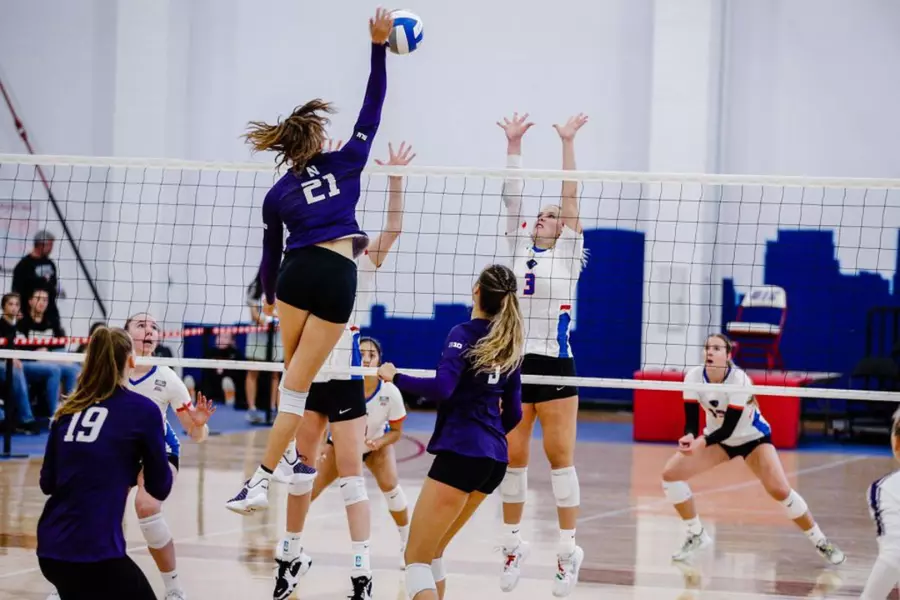
The pace of volleyball can make it difficult to keep track of statistics. There are many different stats that can be collected during a rally.
It is crucial, however, to ensure that the statistics are accurate. Being calm is the most important thing for a stats keeper. There is nothing unusual about feeling overwhelmed by the action on the floor.
Furthermore, stats keepers should not be distracted by the momentum of the game and instead, focus on what is happening on the court.
In order for a kill to be effective, it must be accompanied by an attack. For a stats person, ensuring there aren’t more kills awarded than attacks is an easy quality check.
In general, it’s not difficult to keep track of third-contact hits resulting in kills, but there are some instances that are trickier.
If the following conditions are met, it counts as a kill:
- On the opponent’s side of the net, a player digs a ball, which passes over the net and lands in bounds.
- On the opponent’s side, the ball lands in bounds after passing over the net.
- Despite it looking like a block, a kill is considered when a player reacts to an opponent’s overpass.
- The ball goes out of bounds off an opponent’s hand after a player hits the ball into a block.
- An opponent violates a net, a centerline, or any other blocking rule when the player attacks.
- An opponent mistakes the ball-handling of a player attacking.
Kills are not counted if:
- The opponent’s side of the net receives a free ball that is sent over the net.
Statistics keepers can keep track of kills by asking themselves… While not a perfect strategy, it is one of the easiest ways.
What was the player’s intent on this play?
It is confidently possible to award a kill if the answer is yes. There is the possibility of not recording a kill if the answer is no (most likely a ‘free ball’).
What Is A Stuff Block In Volleyball?
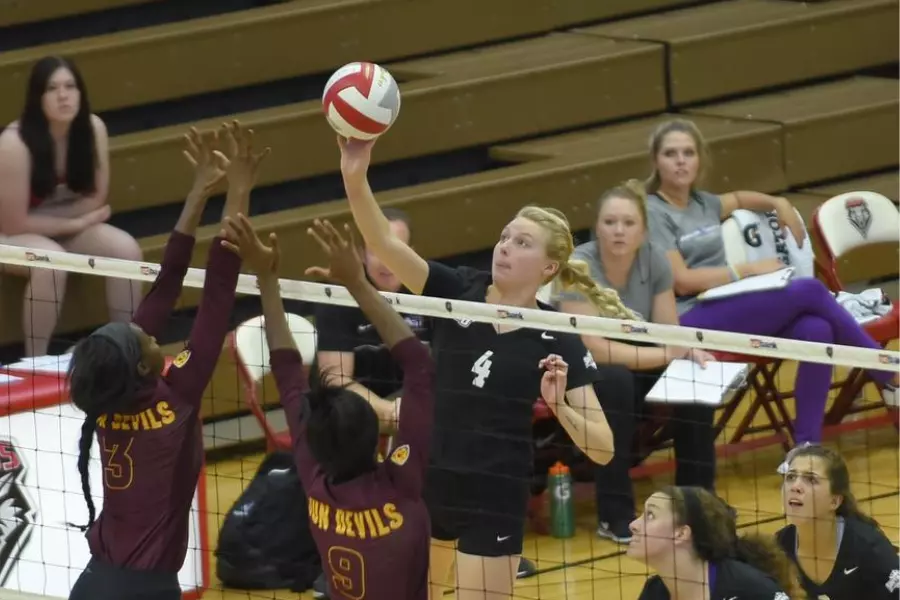
It is one of the most exciting plays in volleyball that a defender can make when making a stuff block, often referred to as a kill block.
When a stuff block is completed, the ball bounces back into the hands of the attacker, usually going straight down.
Is A Block A Kill In Volleyball?
A kill in volleyball refers only to an offensive play. In basketball, it’s a stat that is used to measure a player’s efficiency when hitting the ball.
In volleyball, a kill block does not count as a kill.
The defensive efficiency of blocks is determined by recording them separately as their own statistic.
How Do You Get More Kills In Volleyball?
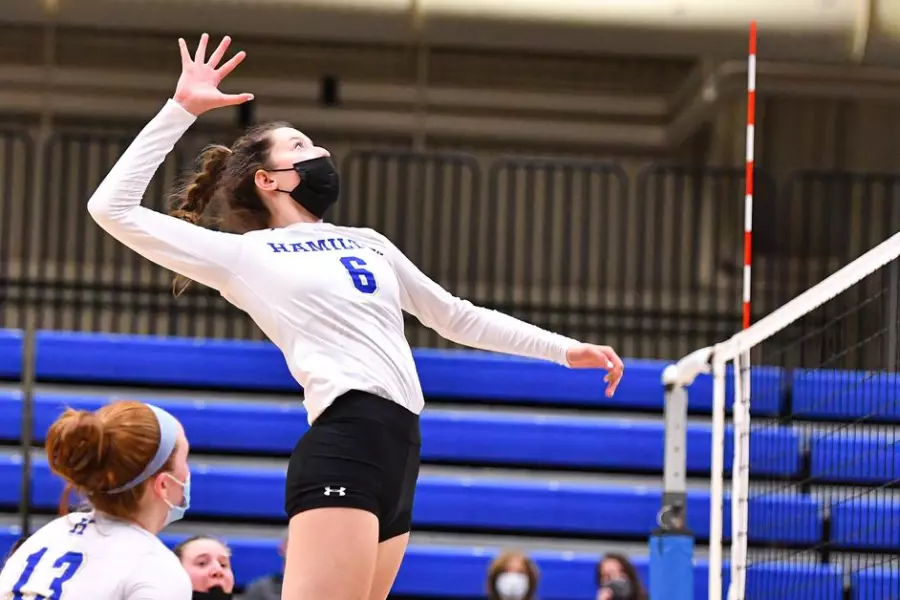
In volleyball, you can improve your kill rate by working on several things.
You should remember that the number of kills you get depends heavily on how skilled the opposition’s defense is.
When you play against a weak opposition with short blockers, you’ll automatically score more kills than if you played against a more difficult opponent.
For those of you who want to start racking up more kills on the stat sheet, here are 10 things you should consider.
1. Become a better hitter
Technically proficient spikers make up the majority of volleyball kills. Jumping smoothly, contacting the ball high, and being consistent are their best traits.
In all sports, spiking a volleyball is the hardest skill to master, according to my old national team coach. There’s a good chance that’s true, but I have no idea how accurate that is!
Your hitting technique will greatly improve if you practice more focused and deliberate.
2. Get a better vertical jump
There’s no doubt about this one. Above the net, volleyball is played at a high level.
The higher you jump, the higher the blocks you’ll be able to hit, and the sharper the angle you’ll be able to hit. You will be able to kill a lot more enemies if you are higher above the net!
You can learn more about how to jump higher in volleyball in my full article.
3. Hitting The Seam Practice
You should work with your opposition blockers as a team. Some opposition teams may have a very slow middle, while others may have a gap in the double block for whatever reason.
You can get a decent tool off the block even if you don’t get a kill by spiking for the seam if you’re aware enough to notice it.
4. Power Up Your Upper Body
Swinging aggressively ties in nicely with this…
Power from the upper body is what makes the ball harder to hit. The harder you hit the ball, the more defenders you’ll be able to beat. The more kills you score, the better your defense is!
Power = strength X speed.
For stronger backs, shoulders, arms, and cores, you need to work in the weight room.
Your strength will develop power as you deploy it as fast as you can (speed).
There are a variety of exercises that are beneficial for developing volleyball-specific upper body power, including med ball slams, overhead presses, and rotational rope ball slams.
5. Play against weaker opponents
You may be able to find a local game that has players who are at least 5 years younger and less experienced than you if everything else fails.
It shouldn’t be a problem to kill every ball because these amateurs will have no idea how to block!
6. Angle-hitting practice
Having a reputation as a straight-hitting hitter is the last thing you want. In junior volleyball, middle blockers often share this trait.
Slicing the ball off spin/pronating the wrist is a good way to avoid becoming a one-dimensional attacker.
7. Hitting The Line Shot Practice
It’s all about beating the block in volleyball to get more kills.
Imagine yourself as an outside hitter…
There’s a Go right out on the sticks, and the opposition blocker has a little bit of time on his hands. Your blocker will not have enough time to arrive before you can hit the ball down the line if you can swing across your chest.
Right-handed hitters have the same problem.
The opposite can have a more difficult time hitting a kill down the line if they aren’t left-handed, since they may have to do some side spin to get them to head in the right direction.
You may enjoy reading Libero Volleyball Drills
8. Be aggressive when swinging
Make sure you hit the ball really hard. Make sure you spike the ball as strongly as you can when you’re practicing hitting.
It’s obvious that you need to be smart here. If you simply start whaling balls into the net, it won’t work…
It is not necessary to hit every ball hard.
9. Make the ‘International Hitting Zone’ your goal
This might be a term invented by my old national team coach…
It consists of an imaginary border of 3 feet that surrounds the court from the attacking line outward. It’s a simple concept.
It will be more difficult for defenders to get into position if you aim for the international hitting zone. More kills with IHZ!
10. Boost your offense’s speed
In general, the faster the offensive plays are at higher levels of volleyball.
You can tell who the ball is going to when you start out in volleyball by the high ball set. It can be hard to get the ball over the net for beginners, so these plays are ideal for them.
Blockers will make it nearly impossible for you to kill the ball when you’re playing against a powerful opponent who plays slow-paced, high sets.
With 2nd Step Attacks, you can beat the block
During a second-step attack, the hitter is already at the second step of his approach while the setter is making contact with the ball. Using a ‘Go’ attack (sometimes called a black attack), the attacker attacks the outside hitter.
You may enjoy reading What Is a Setter in Volleyball
The timing of running these fast plays is crucial, so if you can pull it off, you’ll have no problem beating the block.
FAQs
What is the difference between a spike and a kill in volleyball?
When you spike the ball, you simply hit it. When someone blocks you, you hit the ball out, or the defenders dig the ball, you can hit the ball without killing it.
If your spike leads directly to a point and is unreturnable, it is considered a kill.
Who has the most kills in high school volleyball?
MaxPreps National High School Volleyball Record Book: Single-season kills. Jessi Blackstock holds the record with 1,081 kills.
What is a kill vs block in volleyball?
(Note: Kills are awarded to the attacking team when a blocking error is committed by the defending team.) Solo blocks are awarded to a single player. It is considered a block assist when two or more players make contact with the ball on a block.
Is it a kill if I tip the ball over the net?
If you win the point, it’s a kill. It doesn’t matter how you strike the ball to make it count as a kill.
The term “kill” refers to any attack that results in a point being scored. Your opponent will be awarded a kill if he or she is unable to keep the ball alive after you tip it over the net.
Does a kill have to be a spike in volleyball?
No, a kill in volleyball does not have to be a spike. While spiking is a common and effective way to achieve a kill, it is not the only method. In volleyball, a kill refers to an attack that results in a point for the attacking team because the ball lands in the opponent’s court or is unreturnable. This can be achieved through various techniques such as spikes (hard-driven attacks), tips (soft shots to deceive the defense), or blocks (deflecting the ball back into the opponent’s court). As long as the attack is successful in scoring a point, it is considered a kill, regardless of the specific technique used.
How do you determine a kill in volleyball?
When an attack is unreturnable by the opponent and results in the opponent not returning the ball, or when the attack results in the opponent making a blocking error, the player is awarded a kill (K).
What is another name for the kill in volleyball?
Terminate: This is another word for “kill.” If she “terminated the ball,” it means the ball hit the floor on the opponent’s side of the net, earning her a point.
How many kills are good in high school volleyball?
Generally, volleyball sets average four to six kills per set. For every set in which they play, they will average between four and six kills. It is, of course, possible for there to be some variation between players, but this is a good general range.
Conclusion
To summarize, a kill in volleyball is an attack that results in a point for the attacking team. There are several methods for achieving kills, including spiking, but it is not the only one. All attacks that land in the opponent’s court or are unreturnable count as kills, whether they are powerful spikes, deceptive tips, or well-executed blocks. The primary objective is to prevent the opposing team from reaching the ball. In volleyball, a kill can involve a wide variety of attacking techniques contributing to the sport’s overall excitement and competitiveness.
Moreover, you can check our guide on Best Volleyball Shoes For Wide Feet and Best Volleyball Bags

